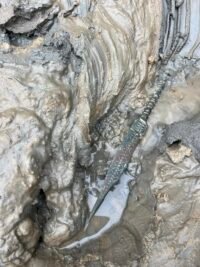The discovery of a late imperial chamber tomb in Pfling, Bavaria, containing artifacts that may have been used as belt hangers is a noteworthy find in Bavaria, where traditional folk clothing includes the charivari, a strip with various pendants ( Coins, gems, animal fangs/claws). , speakers, etc.).
 In 2016, a tomb of a young woman from the first half of the fifth century was unearthed. There were many burial objects in the tomb, including a group of sundries next to her left thigh. They were moved into earthen blocks and excavated in the laboratory of the Bavarian State Office for Monument Conservation (BLfD). Although there was no chain connecting these pendants, archaeologists have found evidence that they were once attached to belts and worn as belt hooks. The number of seemingly invisible objects discovered by X-rays continues to grow.
In 2016, a tomb of a young woman from the first half of the fifth century was unearthed. There were many burial objects in the tomb, including a group of sundries next to her left thigh. They were moved into earthen blocks and excavated in the laboratory of the Bavarian State Office for Monument Conservation (BLfD). Although there was no chain connecting these pendants, archaeologists have found evidence that they were once attached to belts and worn as belt hooks. The number of seemingly invisible objects discovered by X-rays continues to grow.
 Belt pendants recovered from the block include two bronze keys, a box of bone needles, bronze rings of varying sizes, three pierced Roman coins, a decorative disc inlaid with glass, a sea snail shell and a decorated bronze belt of walnut. The wide variety of objects, combining practicality with decorativeness, shows that this is not just an elegant piece of jewelry or accessory, but also a symbol of wealth and status. These pendants may also be amulets worn for protection.
Belt pendants recovered from the block include two bronze keys, a box of bone needles, bronze rings of varying sizes, three pierced Roman coins, a decorative disc inlaid with glass, a sea snail shell and a decorated bronze belt of walnut. The wide variety of objects, combining practicality with decorativeness, shows that this is not just an elegant piece of jewelry or accessory, but also a symbol of wealth and status. These pendants may also be amulets worn for protection.
“These findings provide interesting insights into the Late Antique culture and the use of jewelery and symbolism on the Danubian frontier of the Roman Empire. The overall structure of this young woman from Pflin is structurally unusual and can give us an insight into the deceased exciting conclusions about the social and cultural context of the monuments,” says Professor Matthias Pfeil, Chief Administrator of the Bavarian State Office for Monument Protection.


 Anal Beads
Anal Beads Anal Vibrators
Anal Vibrators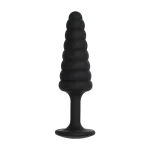 Butt Plugs
Butt Plugs Prostate Massagers
Prostate Massagers
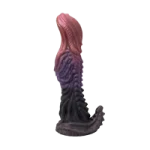 Alien Dildos
Alien Dildos Realistic Dildos
Realistic Dildos
 Kegel Exercisers & Balls
Kegel Exercisers & Balls Classic Vibrating Eggs
Classic Vibrating Eggs Remote Vibrating Eggs
Remote Vibrating Eggs Vibrating Bullets
Vibrating Bullets
 Bullet Vibrators
Bullet Vibrators Classic Vibrators
Classic Vibrators Clitoral Vibrators
Clitoral Vibrators G-Spot Vibrators
G-Spot Vibrators Massage Wand Vibrators
Massage Wand Vibrators Rabbit Vibrators
Rabbit Vibrators Remote Vibrators
Remote Vibrators
 Pocket Stroker & Pussy Masturbators
Pocket Stroker & Pussy Masturbators Vibrating Masturbators
Vibrating Masturbators
 Cock Rings
Cock Rings Penis Pumps
Penis Pumps
 Wearable Vibrators
Wearable Vibrators Blindfolds, Masks & Gags
Blindfolds, Masks & Gags Bondage Kits
Bondage Kits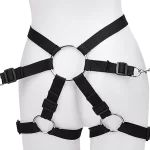 Bondage Wear & Fetish Clothing
Bondage Wear & Fetish Clothing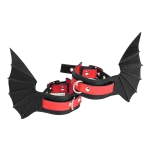 Restraints & Handcuffs
Restraints & Handcuffs Sex Swings
Sex Swings Ticklers, Paddles & Whips
Ticklers, Paddles & Whips









